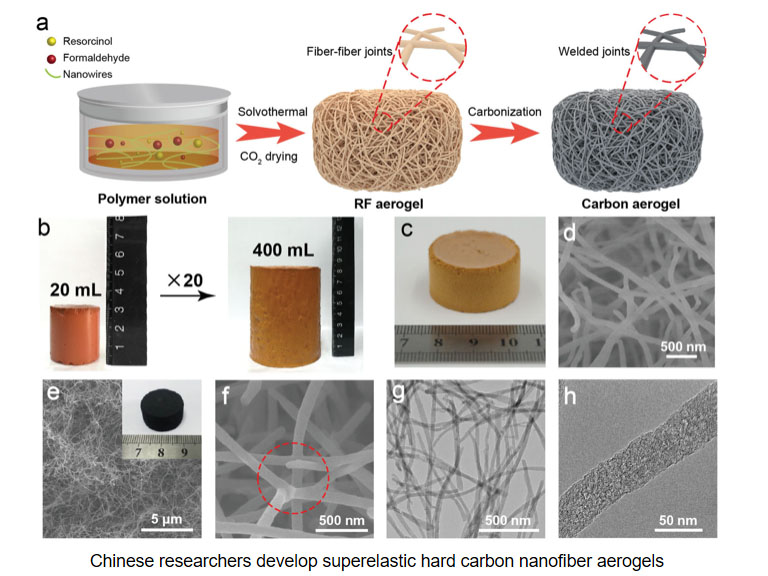
-
 Afrikaans
Afrikaans -
 Albanian
Albanian -
 Amharic
Amharic -
 Arabic
Arabic -
 Armenian
Armenian -
 Azerbaijani
Azerbaijani -
 Basque
Basque -
 Belarusian
Belarusian -
 Bengali
Bengali -
 Bosnian
Bosnian -
 Bulgarian
Bulgarian -
 Catalan
Catalan -
 Cebuano
Cebuano -
 China
China -
 China (Taiwan)
China (Taiwan) -
 Corsican
Corsican -
 Croatian
Croatian -
 Czech
Czech -
 Danish
Danish -
 Dutch
Dutch -
 English
English -
 Esperanto
Esperanto -
 Estonian
Estonian -
 Finnish
Finnish -
 French
French -
 Frisian
Frisian -
 Galician
Galician -
 Georgian
Georgian -
 German
German -
 Greek
Greek -
 Gujarati
Gujarati -
 Haitian Creole
Haitian Creole -
 hausa
hausa -
 hawaiian
hawaiian -
 Hebrew
Hebrew -
 Hindi
Hindi -
 Miao
Miao -
 Hungarian
Hungarian -
 Icelandic
Icelandic -
 igbo
igbo -
 Indonesian
Indonesian -
 irish
irish -
 Italian
Italian -
 Japanese
Japanese -
 Javanese
Javanese -
 Kannada
Kannada -
 kazakh
kazakh -
 Khmer
Khmer -
 Rwandese
Rwandese -
 Korean
Korean -
 Kurdish
Kurdish -
 Kyrgyz
Kyrgyz -
 Lao
Lao -
 Latin
Latin -
 Latvian
Latvian -
 Lithuanian
Lithuanian -
 Luxembourgish
Luxembourgish -
 Macedonian
Macedonian -
 Malgashi
Malgashi -
 Malay
Malay -
 Malayalam
Malayalam -
 Maltese
Maltese -
 Maori
Maori -
 Marathi
Marathi -
 Mongolian
Mongolian -
 Myanmar
Myanmar -
 Nepali
Nepali -
 Norwegian
Norwegian -
 Norwegian
Norwegian -
 Occitan
Occitan -
 Pashto
Pashto -
 Persian
Persian -
 Polish
Polish -
 Portuguese
Portuguese -
 Punjabi
Punjabi -
 Romanian
Romanian -
 Russian
Russian -
 Samoan
Samoan -
 Scottish Gaelic
Scottish Gaelic -
 Serbian
Serbian -
 Sesotho
Sesotho -
 Shona
Shona -
 Sindhi
Sindhi -
 Sinhala
Sinhala -
 Slovak
Slovak -
 Slovenian
Slovenian -
 Somali
Somali -
 Spanish
Spanish -
 Sundanese
Sundanese -
 Swahili
Swahili -
 Swedish
Swedish -
 Tagalog
Tagalog -
 Tajik
Tajik -
 Tamil
Tamil -
 Tatar
Tatar -
 Telugu
Telugu -
 Thai
Thai -
 Turkish
Turkish -
 Turkmen
Turkmen -
 Ukrainian
Ukrainian -
 Urdu
Urdu -
 Uighur
Uighur -
 Uzbek
Uzbek -
 Vietnamese
Vietnamese -
 Welsh
Welsh -
 Bantu
Bantu -
 Yiddish
Yiddish -
 Yoruba
Yoruba -
 Zulu
Zulu
Advanced Techniques in Fiber-Reinforced Polymer Grating Applications and Research Insights
Understanding Fiber Reinforced Polymer (FRP) Grating
Fiber Reinforced Polymer (FRP) grating is revolutionizing the way industries approach flooring and structural support systems. As a composite material made of plastic reinforced with fibers, usually carbon, glass, or aramid, FRP combines high strength-to-weight ratios with exceptional chemical resistance, making it a preferred choice in various applications, particularly in environments that are corrosive or demanding.
Composition and Manufacturing
The fundamental components of FRP grating include a polymer matrix and reinforcement fibers. The matrix is generally a thermosetting resin such as epoxy, vinyl ester, or polyester, selected based on the specific application requirements. Reinforcement fibers enhance the mechanical properties of the polymer, delivering superior strength and rigidity.
Manufactured through processes like pultrusion or hand lay-up, FRP grating can be customized in terms of dimensions, colors, and load-bearing capacities. The pultrusion process, which pulls raw materials through a heated die to form a continuous shape, can create a variety of profiles and thicknesses. This adaptability makes FRP grating suitable for a wide array of industries, from wastewater treatment facilities to oil and gas platforms.
Advantages Over Traditional Materials
One of the most significant benefits of FRP grating is its resistance to corrosion. Unlike traditional materials such as steel, which can rust and degrade in harsh environments, FRP does not corrode, thus reducing maintenance costs and enhancing longevity. This characteristic is particularly valuable in industries such as chemical processing, where exposure to aggressive substances is common.
Another advantage is its lightweight nature. FRP grating is much lighter than steel or concrete, making it easier to handle, transport, and install. This not only reduces labor costs but can also lower transportation expenses and simplify structural requirements in projects where weight limitations are a concern.
frp grating

In addition to chemical resistance and lightweight properties, FRP grating is also non-conductive and slip-resistant. These features enhance safety, making FRP grating ideal for environments with electrical hazards or wet surfaces. Moreover, its installation often requires fewer supports than traditional materials, which can lead to cost savings and faster construction timelines.
Applications in Various Industries
FRP grating finds applications across a multitude of industries. In the aerospace and automotive sectors, its lightweight and high-strength properties contribute to enhanced performance efficiency and fuel economy. Marine applications benefit from its resistance to saltwater and environmental factors, making it a valuable asset in boat building and marina dock systems.
In the architectural sphere, FRP grating is used not only for functional flooring but also for aesthetic applications in modern buildings, offering design flexibility and customizability. Its durability and visual appeal make it a suitable choice for both interior and exterior uses.
Furthermore, in the oil and gas industry, FRP grating is often implemented in facilities for platforms and walkways, where chemical exposure and safety are paramount. Wastewater treatment plants also utilize FRP grating to avoid the degradation associated with corrosive environments.
Conclusion
As industries seek innovative solutions that combine durability, safety, and economic efficiency, FRP grating emerges as a vital option. Its unique properties position it well in various settings, ensuring that it meets the demands of modern infrastructure while promoting sustainability through reduced maintenance needs. With ongoing advancements in composite technology, the potential applications and benefits of FRP grating are likely to expand, further solidifying its place as an essential material in future projects.









